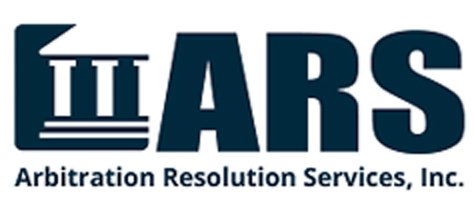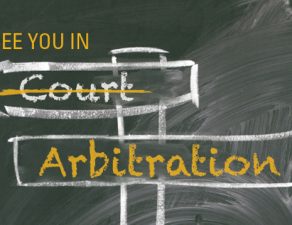- Contract negotiators are spending more time crafting dispute resolution clauses in their agreements, with nearly all Survey respondents saying that it has become part of the negotiation process.
- ADR use is on the rise compared to a decline in court litigation.
- Arbitration has become the second most common dispute resolution clause (30%), a close second to litigation (32%).
- Nearly 1/4 of Survey respondents claim “management time of business executives and wasted time of other participants in proceedings, lost productivity, and lost business opportunities” were important factors in determining the overall cost of dispute resolution.
- Average cost, in both time and money, for international IP disputes fell in the following range:
- Court litigation (home jurisdiction) took approximately 3 years at a cost of $475,000
- Court litigation (foreign jurisdiction) took approximately 3.5 years at a cost of $850,000
- Arbitration took approximately 1 year at a cost of $400,000
- Respondents generally perceive a trend away from court litigation to resolve disputes.
- While time and cost were the main considerations when negotiating dispute resolution clauses, enforceability and neutrality also ranked highly.
In today’s fast-paced tech world, it’s critical to stay ahead of emerging trends from both product development and transactional administration. In an effort to compare traditional court litigation to increasingly popular methods of Alternative Dispute Resolution (ADR) in technology-related disputes, the World Intellectual Property Organization (WIPO) commissioned the International Survey On Dispute Resolution In Technology Transactions. One of WIPO’s stated objectives was to provide “Best practices … which may help guide IP stakeholders in their dispute resolution strategies.”
Among their key findings:
While this particular study did not seek to enumerate the benefits of alternative dispute resolution compared to court litigation, ARS Board Member George Friedman has written on that subject extensively here on our blog (See “10 Things About Litigation That Arbitration Critics Won’t Tell You”). And, arbitration has many advantages for both the consumer and law firm (See “Law Firms Embrace Arbitration For Clients & Themselves: It’s Good Business”). We’re confident that ADR popularity will continue to grow, especially within technology-related fields, with the adaptation of our technology-based Complete Online Dispute Resolution (C-ODR) services that combine our proprietary Arb-IT cloud-based software with a roster of arbitration professionals, resulting in a lower cost, faster, and more convenient means of resolving disputes at any level.






